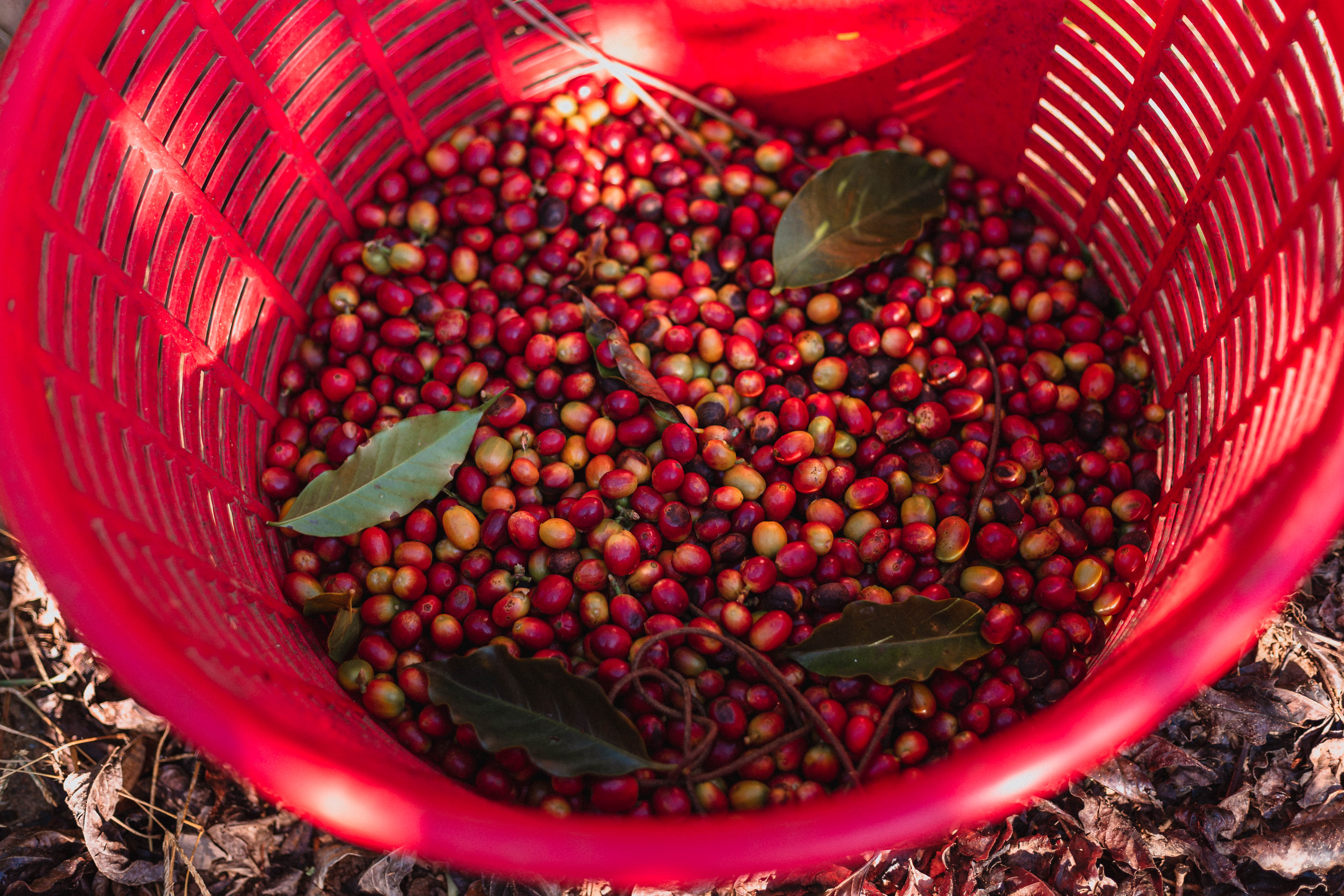Before your favorite beans travel from coffee plantations to your coffee machine, they have a long way to go. It is much more difficult to ensure quality grains than may be publicly known. Coffee must be processed properly and precisely, this has a huge effect on its final taste profile, which is the most important thing for the final consumer. There are several scenarios that can take place in this process. We rank among the basic methods of coffee processing washed method, the honey method, which we have already introduced to you in previous article from this series, and also the dry methodWhich is the least costly and very environmentally friendly.
Advantages and disadvantages of dry processing method
The dry or natural method is one of the oldest ways of processing coffee. It allows you to grow coffee even in areas where there is not enough water. It is therefore popular mainly in African countries. However, it is also used, for example, in Brazil or Sumatra, Indonesia, where precipitation is also rather isolated. In addition, this method is the least expensive, as it does not require any extra expensive machines - only the basic ones, the power of the sun is used a lot and water is needed only minimally.
Other advantages of the dry method include the taste profile of the resulting grains. It gives them a unique sweetness, fruit tones stand out and the acidity is only minimal.
The disadvantage is the demanding care and inaccuracy of drying. If not enough attention is paid to the cherries during the drying phase, they can start to ferment or mold, and this method brings very negative taste tones or destruction of the entire harvest.

Dry method - procedure
After the manual harvest, all the impurities are removed from the ripe cherries, the fruits of the coffee tree, and drying begins immediately. The cherries are spread in a thin layer over the concrete surface or African beds provided for this purpose and allowed to dry in the sun with regular and frequent turning. The rotation prevents the formation of unwanted molds or the start of fermentation, which would be, as we have already written above, destructive for the crop. It would negatively and especially irreversibly affect her taste. In case of incorrect drying of the cherries, you could then smell tones of alcohol or yeast in your espresso.

Drying usually takes about two to three weeks (depending on many aspects such as humidity and air temperature, altitude) in direct sunlight or under a roof to make drying slower if necessary. Some farmers dry the cherries in mechanical dryers to be really sure of the result or use the machine to dry them immediately if the sun's rays in the area do not have the required strength. The cherries are shriveled after drying and their color is no longer deep red as when harvested, but rather dark brown. The vast majority of sugars from the pulp have dried or soaked into the green beans inside, and this is the main reason why coffee processed by the dry method has a primarily fruity taste.
Peeling follows. The skin of the dried coffee cherry is removed mechanically from the green coffee beans. The machine perfectly processes the grains so that no flesh or parchment remains on them. Once this process is complete, the entire batch is ready for transport to the roastery, where it is fired to the final form we all know.
At first glance, we can recognize the dry method by the different sizes of individual coffee beans. During drying, their size differs slightly due to not very uniform drying.
Do you want to taste coffee processed by this method?
In our offer you will find several types of coffee processed by this method. We can highly recommend you for example Brazil Fazenda Alta Vista. It is dried under a roof so that it does not dry out too quickly. Espresso from this Brazilian variety has a high sweetness reminiscent of chocolate and nougat tones. This coffee is suitable for espresso but also for french press.




Share:
Chai Latte - A taste of the Orient and a phenomenon of today
Coffee processing methods III. - Washed